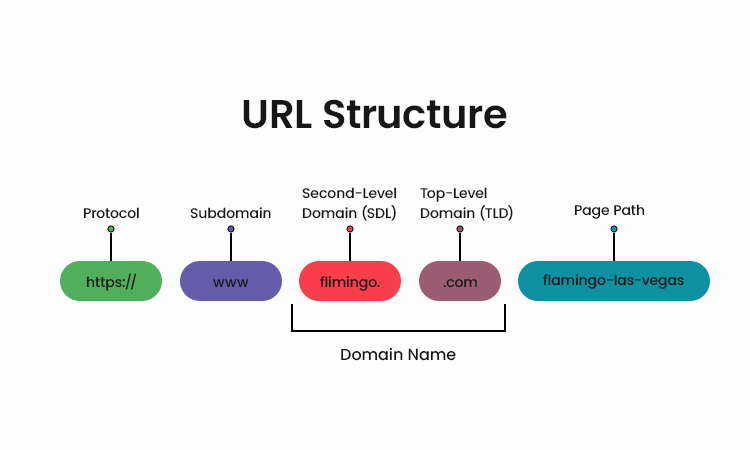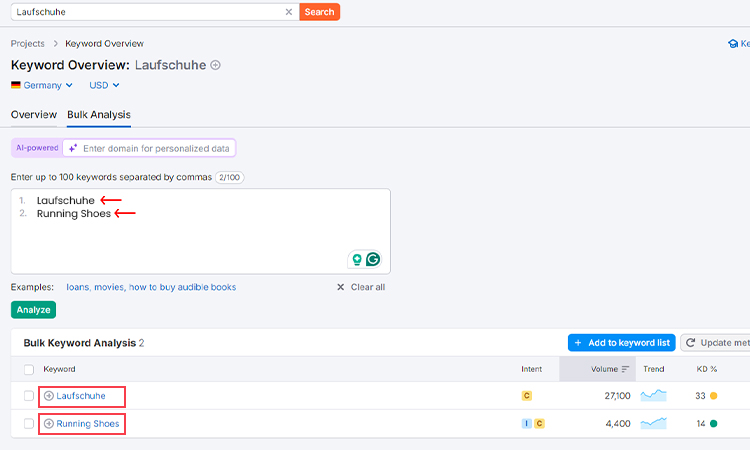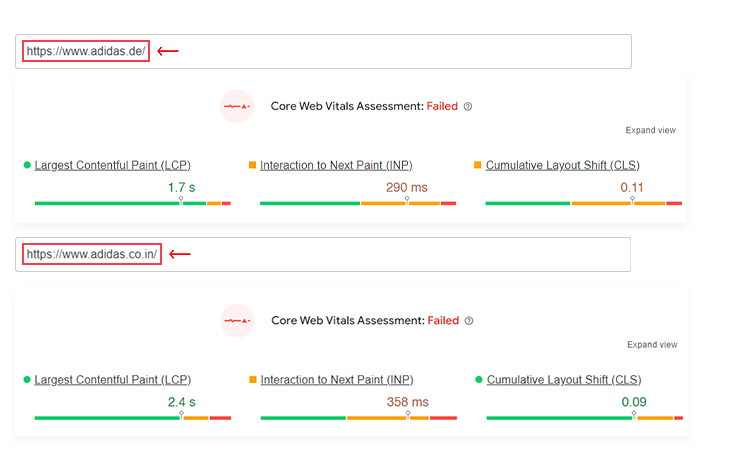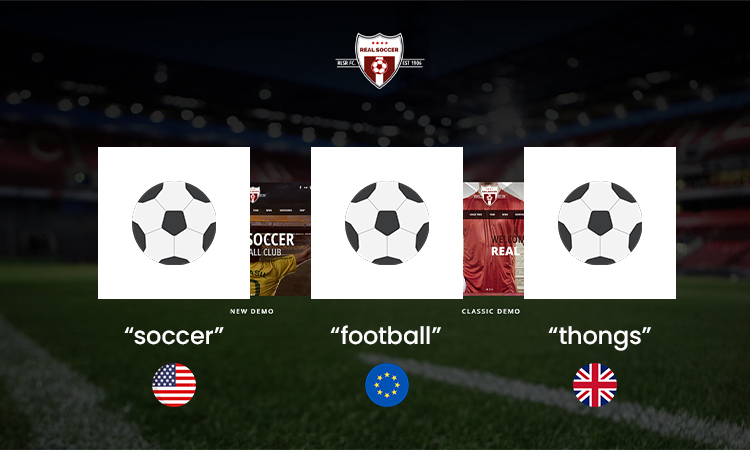Do you find it difficult to get to an international audience via search engines? Is it that the ranking of your website in multiple languages is not impressive? The answer to these questions is multilingual SEO.
This is a practice of optimizing your site for search engines in different languages and regions. It’s an important strategy that can enhance your online visibility across global markets. Failure to implement this may result in you missing out on many prospective customers who have been looking for your products or services using their native language.
To be successful in reaching out to global clients, it is no longer an option but a necessity for companies to put in place a strong multilingual SEO strategy. This could lead to a vast improvement in one’s international SEO performance through adapting content and technical elements as per different culture and language preferences thus increasing the worldwide market share.
What is Multilingual SEO
Multilingual SEO is the process of optimising a website for multiple languages to increase its visibility and ranking in search results across different language markets. It means translating and adapting content, keywords and technical elements of a website for users who speak different languages.
Multilingual SEO is more than just translation. It requires a deep understanding of cultural nuances, local search behaviour and regional optimisation techniques. This approach is to create a tailored user experience for each language audience while maintaining strong search engine performance across all versions of the site.
Multilingual SEO involves:
- Translating content accurately and SEO friendly
- Adapting keywords for each language market
- Correct URL structure for different language versions
- hreflang tags to indicate language relationships between pages
- Indexing all language versions by search engines
A good multilingual SEO strategy can open up a website to a much wider audience. According to surveys, multilingual websites can attract up to 75% more users who don’t speak English as their first language, resulting in better rankings, more traffic and higher conversion rates from a global audience.
How Google Handles Multilingual Queries
Google has sophisticated algorithms to handle multilingual queries and show relevant results to users based on their language and location. Here’s how Google approaches multilingual search:
- Language Detection: Google’s systems can detect the language of the search query and web pages. This allows it to match queries with content in the same language.
- User Settings and Location: Google considers the user’s language settings in their Google account or browser and their geographic location to determine which language results to show.
- Hreflang Tags: Google uses hreflang tags to understand the language and regional targeting of a page. This helps it to show the most relevant version of a page to users in different locations or languages.
- Content Analysis: Beyond explicit language indicators, Google analyses the content of web pages to determine the primary language and relevance to specific language markets.
- Automatic Translation: In some cases, Google will offer to translate search results if it detects relevant content in languages other than the user’s preferred language.
- Local Domain: Google will give preference to country-specific domains (e.g. .fr for France) when showing results to users in those countries.
For SEOs, knowing how Google handles multilingual queries is key. It will inform your language tag implementation, local content and regional optimisation. By matching Google’s multilingual capabilities your website will be visible across different language markets and stand out in international markets where your competitors may not be optimised.
4 Basic Strategies for Improving the Efficiency of a Multilingual Site
Developing a multilingual website is a process that demands tactical considerations to ensure efficacy across every language version. The following four basic techniques go a long way in aiding one’s site performance, enhancing user experience and increasing one’s international search results:
- Building a Solid Foundation for Your Multilingual Website
Before plunging into the complexities of optimization, a solid base should be laid for your multilingual website. This entails making important choices regarding the arrangement and execution of your site. Here is what to take into account:
- Choosing the right URL structure
A few options regarding the choice of using country-code top-level domains (ccTLDs), sub-domains or subsections for your international versions. Ultimately, each variation has its pros and cons related to SEO tactics and the complexity of management. Here are the main variations:

- Subfolders (e.g., example.com/fr/ for French)
Pros: Easy to set up, maintains domain authority.
Cons: May be seen as less country-specific. - Subdomains (e.g., fr.example.com)
Pros: Clear separation of sites, can be hosted separately.
Cons: These may be treated as separate sites by search engines. - Separate domains (e.g., example.fr)
Pros: Strong geo-targeting, clear separation.
Cons: More expensive, requires separate SEO efforts. - URL parameters (e.g., example.com?lang=fr)
Pros: Easy to implement.
Cons: Not recommended for SEO, can cause indexing issues.
- Implementing hreflang tags
The tags indicate search engines for specific regions and language versions of any page. To ensure that the right content is served to the right audience and to avoid problems associated with duplicate content, it is essential to properly implement hreflang tags.
Example: HTML
<link rel=”alternate” href=”https://example.com” hreflang=”en” />
<link rel=”alternate” href=”https://example.com/fr/” hreflang=”fr” />
- Content translation vs. localization
Localization is the act of modifying text so it fits into a cultural setting as opposed to changing languages which is what happens during translation. To have a successful multilingual SEO, localization must become more relevant than just translating to connect with your audience.
Example: Instead of directly translating “soccer” to French, use “football” which is the localized term used in France.
- Keyword research across languages
Every targeted market requires extensive keyword research. Keep in mind that simple word-for-word translations of keywords may not capture the same language nuances or the search volume in various regions. For relevant and high-traffic keywords for each market, it’s useful to employ local keyword research tools as well as consulting native speakers.
When you have tackled these basics, you are creating a bedrock on which the success of your multilingual SEO strategy will hinge, thus tremendously enhancing your visibility in different languages and areas.
Example: The English keyword “car insurance” might translate to “Autoversicherung” in German, but local research might reveal that “Kfz-Versicherung” is more commonly used.
- Create a Multilingual XML Sitemap
Develop a comprehensive XML sitemap that includes all language versions of your pages. This helps search engines understand the structure of your multilingual website and index it correctly.
Example: XML
<url>
<loc>https://example.com/</loc>
<xhtml:link rel=”alternate” hreflang=”de” href=”https://example.com/de/”/>
<xhtml:link rel=”alternate” hreflang=”fr” href=”https://example.com/fr/”/>
</url>
- Internal linking
Ensure proper internal linking between different language versions of your pages. This helps both users and search engines navigate your multilingual site effectively.
Example: Include a language switcher in your navigation menu that links to the equivalent page in other languages.
- Translate basic parts of the website
Don’t forget to translate essential website elements such as meta tags, forms, and error messages. This ensures a fully localized experience for users.
Example:
- Translate meta descriptions: “Explore our products” becomes “Explorez nos produits” in French.
- Localize form labels: “First Name” becomes “Prénom” in French.
- Translate error messages: “404 – Page not found” becomes “404 – Page non trouvée” in French.
When you have tackled these basics, you are creating a bedrock on which the success of your multilingual SEO strategy will hinge, thus tremendously enhancing your visibility in different languages and areas.
- Multilingual SEO Content Strategy
Having a content strategy is key to multilingual SEO. It’s more than just translating your existing content into multiple languages, it requires careful thought on how to adapt and localise.
- Full Keyword Research

Firstly, do full keyword research for each audience. Use local keyword tools and consult with native speakers to find the most relevant and high-performing keywords for each language version of your site. Remember, similar words may not yield the same results due to different intent or search volumes in other languages.
- Cultural Adaptation and Localization
When adapting content for different regions, you need to consider cultural differences and trends. This might mean changing product details, adding country-specific examples or illustrations or even creating new content that’s only relevant to specific concerns or problems that need solutions for your target groups.
- Quality Content Across Languages
Keeping content quality across all languages is crucial. Use professional translation and localization services so your message will be well received by local audiences. The main content should not use Google Translate or any other automated translating tools as they can produce weird wording and possible misinterpretation which can harm your SEO efforts and brand image.
- Technical Aspects for Multilingual Websites
Many people don’t think about technical optimization when they hear multilingual website SEO. If you want to have better search engine rankings and more users on your platform you have to make sure it works perfectly on all language versions.
- Site Speed Optimization

Every version of the site in different languages needs to be optimized for site speed. Loading time also depends on the region because of server location and the internet ecosystem. So you might consider implementing a content delivery network (CDN) that will host your content on servers that are closest to your audience so loading time will be minimized and user experience will be improved.
- Mobile Responsiveness
Every market has to pay equal attention to mobile responsiveness. Desktop usage has been surpassed by mobile internet usage in many countries and for that reason, all your multilingual sites should be responsive and offer a seamless experience across all devices for Search Engine Optimization (SEO) and user interaction.
- Multilingual Structured Data
Using multilingual structured data will help search engines to understand and show the content in search results better. Use language-based schemas when possible and check that your structured data is applied to all language versions of your pages.
- Building Authority in Multiple Languages

To build authority for your multilingual website you need to have a strong backlink profile and be present locally in every market you target.
- Market-Specific Linking Strategy
Develop a linking strategy for each market. This may mean reaching out to industry publications in that area, attending events or webinars that are relevant to that area, and creating resources that will attract links from a place-based marketing platform. Remember the strength of linking domains is often looked at from the language applied and also its location.
- Using Regional Social Networks
Use regional social networking sites to promote your business and send visitors to your website. While Facebook and Twitter can be accessed globally, don’t ignore localized platforms that are popular in the markets you target. Speak to them in their native language; they will trust you more and will be more likely to share what you’ve published on their site.
- Different Social Media Accounts for Different Markets
When targeting different markets, it’s best to have separate social media accounts for different languages or countries. It allows you to tailor your messages and talk to local people, plus multilingual SEO benefits.
How to Measure Success in Multilingual SEO
For assessing the efficacy of your multilingual SEO strategy, monitoring key performance indicators (KPIs) in all your relevant languages and regions is the key. Apart from just search engine rankings, these KPIs should paint a picture of how well you are doing globally.
Some important metrics to monitor include:
- Organic traffic by language and region
- Keyword rankings for each target language
- Conversion rates across different language versions
- Bounce rates and time on site for international visitors
- Page load times in different geographic locations
Use specialized multilingual SEO performance tracking tools. This filtering functionality offered by Google Search Console lets you look at how your website is performing in various countries and languages. Besides, think about using particular international SEO instruments that are capable of revealing changes in ranking in several search engines and languages at once.
Periodical evaluation of these metrics allows you to find out weaknesses within your multilingual SEO best practices for making informed decisions based on facts for bettering your worldwide web image.
What are Common Pitfalls in Multilingual SEO and How to Avoid Them
As you’re putting into practice a multilingual website SEO strategy, you need to keep in mind possible blunders that may hold back your progress. These are some frequent missteps to look out for and how they can be avoided:
- Automated translation errors
The use of only machine translation can result in business unusual expressions and chances of misinterpretation. Therefore, you should seek professional translators to assist you with your writing and get it examined by native speakers so that it is read fluently and properly conveys what you intend to communicate in every target language.
- Inconsistent branding across languages
Local markets may pose serious challenges to maintaining brand consistency. Therefore, develop distinct and clear brand guidelines for each market which will help to adapt your messaging, tone, and visual elements while at the same time keeping the core identity of your brand intact. This helps in keeping all the language versions of your site having one similar experience.
- Neglecting local search trends
Search behaviour across different markets can vary significantly. Therefore, it is essential to conduct regular research and adjust to local search trends, frequently searched terms as well as users’ preferences in all target regions. Utilize keyword research tools that are relevant to the local market and talk to native speakers or local SEO professionals so you hear about the different characteristics of each state.
- Improper use of hreflang tags
Hreflang tags, when wrongly implemented, may confuse the search engines about which language versions to present to the users. Make sure that your hreflang tags are implemented correctly, contain all language versions and use appropriate language and country codes.
- Duplicate content across languages
If you do not localize, going on with the same content translation throughout all the language versions can result in duplicate content problems. For every market, unique localized content must be created based on cultural specifics, local examples and area-specific information to give each audience value.
- Ignoring local link-building
By concentrating exclusively on the building of international or English-language links, you run the risk of limiting your website’s power in local searches. To build a solid and localized unique citation profile, you should design a link-building approach for every target market where you would engage local influencers, industry magazines and relevant websites.
- Overlooking local competition
Failing to analyze the local competitors in each market may lead to negative outcomes for you. To have an insight into what local SEO strategies they use, gaps that exist in the market as well as how best to approach content creation and keyword targeting, ensure that you do a thorough competitor analysis for each of your target regions.
- Neglecting mobile optimization
As there are many countries using cell phones more than anything else, you mustn’t make mistakes by failing to optimize your multilingual website for mobile. To optimize the site in all language versions and ensure a good mobile user experience, make sure that all the versions of the page can be accessed on phones easily.
- Inconsistent URL structures
It can be perplexing for both the users and search engines to use different URL structures for different language versions. Therefore, if you want clarity as well as SEO benefits stick to a single URL structure in all languages irrespective of whether you are applying ccTLDs, subdomains or subdirectories.
- Ignoring cultural sensitivity
Not taking into account cultural differences when drafting documents and designing websites may cause misunderstanding or even offence in some target markets. To make sure that your content, pictures or any strategic approach for each target culture is right and properly respectful you should do extensive cultural research and talk to the local people.
These common problems should be noted and additional measures put in place to avoid them if a proper multilingual SEO strategy is to be followed to help one achieve better results in international marketing.
Conclusion
Adopting a successful multilingual SEO is not only intricate but also gives high benefits which can tremendously increase your position in international search ranking thus boosting your presence globally. Proper website structure, content localization, technical optimization as well as building local authority are some of the things you can do to establish a strong base for succeeding in many languages and regions.
Bear in mind that multi-language SEO is not a one-time process. It’s something that needs to be done continuously and adjusted. Keep up with search algorithmic changes, shifts in local market patterns as well as the best approaches to international SEO to keep on improving upon your worldwide search visibility.
When you start your multilingual SEO quest or fine-tune it, remember that you should be patient and tenacious. Significant results may take a while to be achieved but having an appropriately designed plan will enable you to seize more of the international market and facilitate substantial expansion for your company regardless of geographical location or language barriers.


